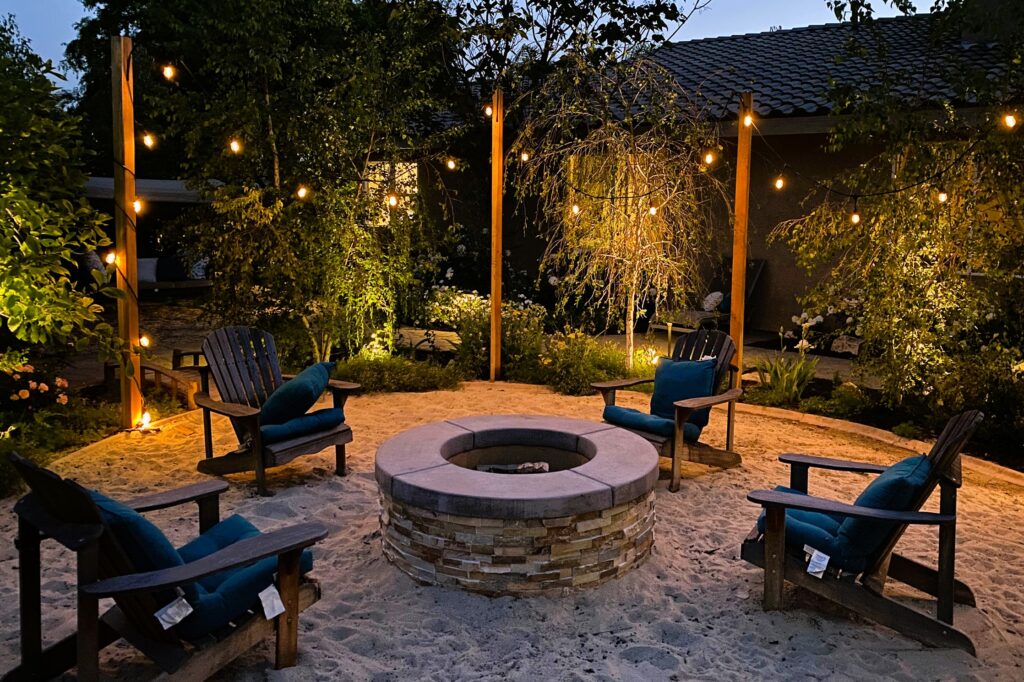As the winter months approach, many people tend to retreat indoors and put their gardens on hold until spring returns. However, with a bit of creativity and planning, you can transform your outdoor space into a winter garden that provides warmth, comfort, and beauty even when the temperatures drop. In this article, we’ll explore the art of creating cozy spaces for the colder months in your winter garden.
Embracing the Winter Wonderland
Winter brings its own unique charm and serenity, with glistening snow, crisp air, and the promise of holiday festivities. By designing a winter garden that embraces the season, you can enjoy the outdoors while staying snug and cozy.
1. Choosing Winter-Friendly Plants
To create a vibrant winter garden, select plants that thrive in colder temperatures and add visual interest to your outdoor space. Here are some winter-friendly options:
- Evergreens: These trees and shrubs maintain their green foliage year-round, providing a backdrop of color in the winter garden. Popular varieties include pine, spruce, and cedar.
- Berries: Plants like winterberry and holly produce colorful berries that add a pop of red to the winter landscape and provide food for local wildlife.
- Ornamental Grasses: Many grasses retain their shape and color throughout the winter, swaying gracefully in the breeze and creating movement in the garden.
- Winter-Flowering Plants: Certain flowers, such as pansies, winter jasmine, and snowdrops, bloom even in cold weather, bringing delicate beauty to the garden.
2. Hardscape Elements
Incorporating hardscape elements into your winter garden not only enhances its visual appeal but also provides functional benefits:
- Paths and Walkways: Well-maintained paths allow easy access to different areas of the garden, even when covered in snow.
- Fire Pits and Heaters: Adding a fire pit or outdoor heaters can provide much-needed warmth and create a cozy gathering spot for family and friends.
- Seating Areas: Comfortable seating, such as benches or Adirondack chairs with warm cushions and blankets, invites you to relax and enjoy the winter garden.
- Lighting: Outdoor lighting not only enhances safety but also adds a magical ambiance to your winter garden during the long nights of winter. Incorporating fireplaces into your interior design, see the link for more details.
3. Decor and Accents
Embrace the season’s festivities by adding decorative elements to your winter garden:

- Holiday Decorations: String lights, wreaths, and outdoor ornaments can infuse your garden with holiday spirit.
- Winter Containers: Plant seasonal containers with evergreens, winter flowers, and branches to create beautiful focal points.
- Bird Feeders: Attract local wildlife by placing bird feeders filled with seeds and suet in your garden.
4. Winter Garden Maintenance
Regular maintenance is essential to keep your winter garden looking its best:
- Snow Removal: Clear snow from paths, walkways, and seating areas to ensure safety and accessibility.
- Pruning: Prune deciduous trees and shrubs in late winter to promote healthy growth in the spring.
- Watering: Water your plants when the ground isn’t frozen, as winter winds and cold temperatures can lead to moisture loss.
Canadian Winter Garden Standards
To ensure that your winter garden adheres to Canadian standards and regulations, you can refer to resources such as Wikipedia. These sources can provide guidance on specific standards or requirements related to winter gardens in Canada.
In conclusion, a winter garden offers a unique opportunity to connect with nature and find solace in the tranquility of the colder months. By carefully selecting winter-friendly plants, incorporating hardscape elements, adding seasonal decor, and practicing proper maintenance, you can create a winter garden that is not only beautiful but also a cozy haven where you can embrace the magic of the season.
